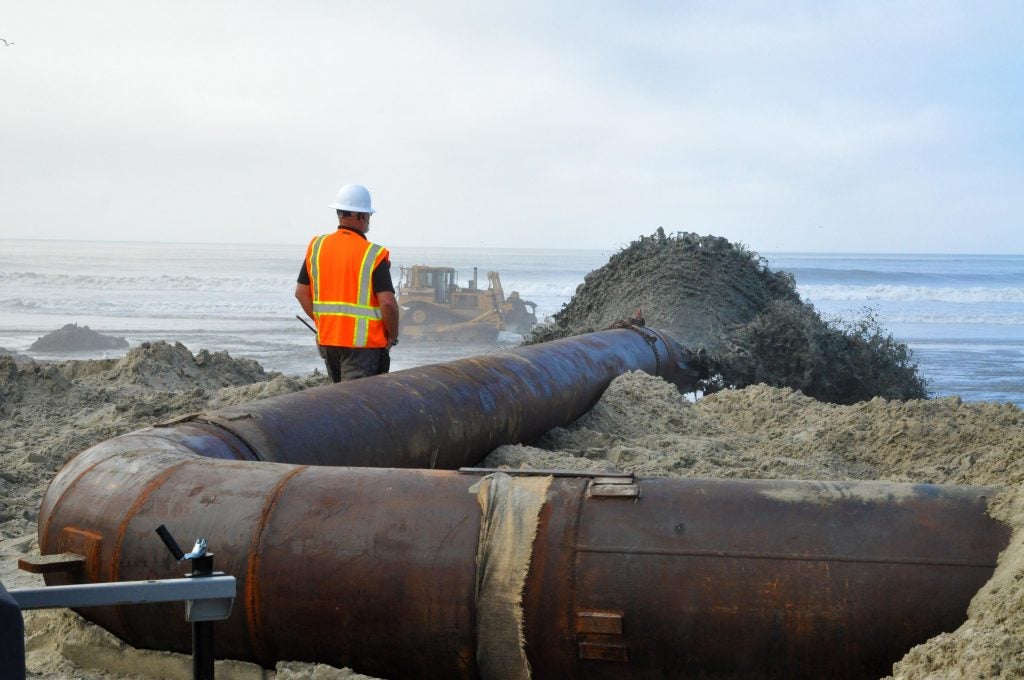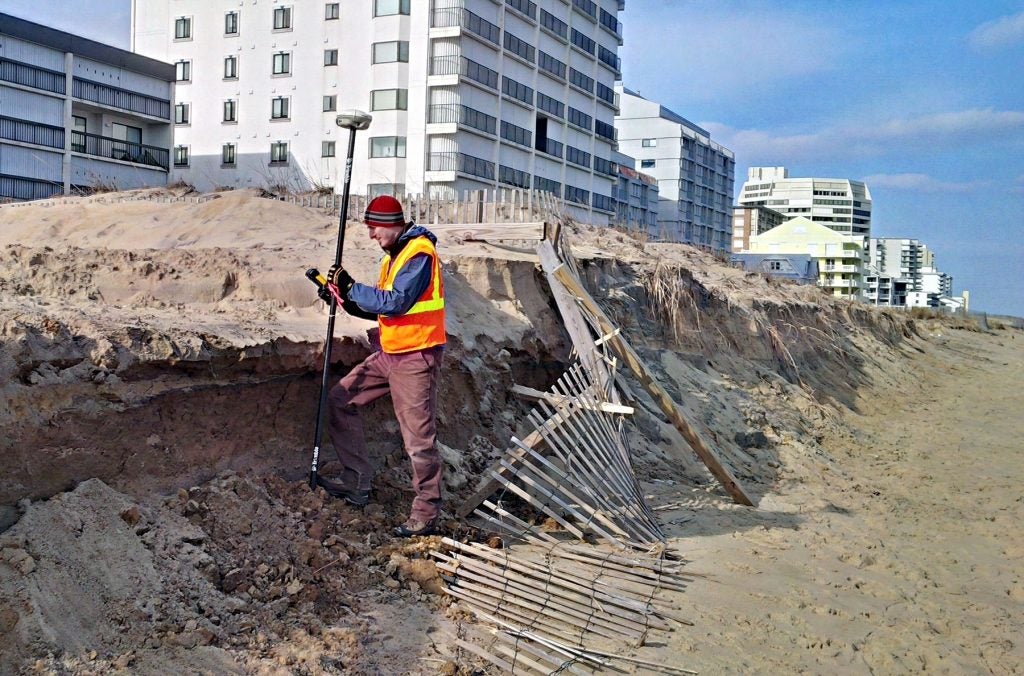This week, the Army Corps of Engineers formally released an important resource guide, “Engineering with Nature: An Atlas.” This isn’t your typical government issued atlas of maps and figures. It’s an important first step toward broadening understanding, consideration and acceptance of natural infrastructure as a flood risk reduction and resilience strategy.
The glossy compendium of 56 Corps projects illustrates that restoring nature and using nature-based features and processes – such as dunes, wetlands, reefs, functioning floodplains and rivers – can efficiently yield real economic, environmental and social benefits.
Here are four ways the atlas helps to advance natural infrastructure solutions.
1. Starting a conversation about natural infrastructure
Informative and handsome enough to grace the coffee table of every Corps district engineer’s office, the atlas will trigger important conversations about natural infrastructure solutions with local project partners. It visually demonstrates the art of what is possible and shows that the Corps can develop environmentally-friendly, sustainable projects to meet local communities’ needs.

Photo Credit: U.S. Army Corps of Engineers
2. Building engineers’ comfort with natural solutions
The atlas helps tell the engineering and economic story of multiple nature-focused restoration projects. Without providing too many details, it hints at the technical analyses underpinning each project.
Pictures also help to show that these projects, when under construction, look familiar to engineers of traditional gray, hardened infrastructure, in that they involve heavy machinery and equipment to build. This helps build trust among the engineering community that nature-based flood risk reduction projects require design abilities, construction knowledge and problem-solving skills for which engineers are known. The illustrations also reveal how these projects can yield stunningly beautiful results.
3. Setting a precedence for nature-based projects
There is a wide breadth of natural infrastructure features that can be leveraged to realize the Corps’ mission of reducing storm and flood damages, maintaining navigation channels, creating places for recreation and promoting environmental stewardship. By establishing that other Corps districts have already implemented natural and nature-based projects within existing authorities, the atlas makes it easier to pursue similar projects elsewhere.
New guide will help advance natural infrastructure projects to build resilience in coastal communities. Share on X4. Incorporating lessons learned into future planning and design
Now that the Corps districts have demonstrated they can engineer with nature, the next step is to fully incorporate natural and nature-based features into planning and designing storm and flood damage reduction projects.
To help with this, the Corps is currently leading an international group of experts, including EDF staff, to develop guidelines for planning and designing natural and nature-based infrastructure projects. Those guidelines should be available in 2020.

The 2018 Water Resources Development Act will also help broaden use of natural infrastructure solutions, like dunes. Section 1149 of the act directs the Corps to consider use of natural infrastructure, alone or in conjunction with traditional infrastructure, where practicable for flood risk management or hurricane and storm damage reduction projects. This clear nod from Congress should bolster confidence that solutions involving natural infrastructure are acceptable – not to be relegated to mitigation or environmental restoration. (Photo Credit: U.S. Army Corps of Engineers)
With a growing number of resources available, the Corps can now focus on implementing natural solutions by encouraging its districts to systematically and seriously consider and incorporate natural infrastructure into their studies. This will help to make natural infrastructure the rule, not the exception.









